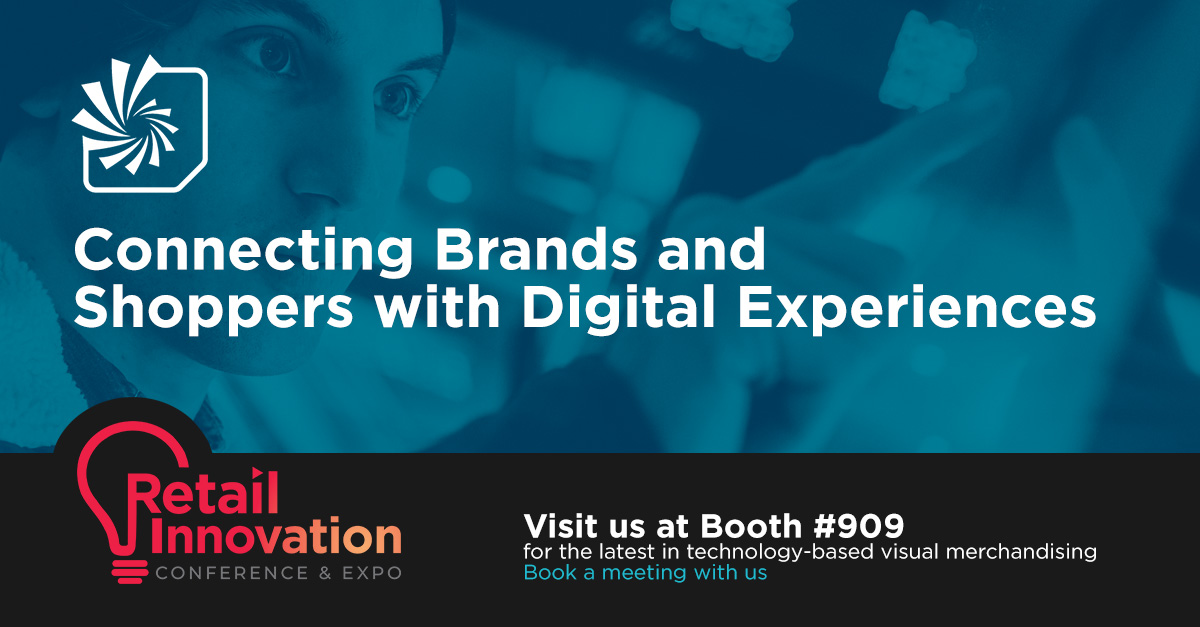Listening to Your Customers When Creating Customer Experiences
Gone are the simple days when customers came to your store, bought what they needed, and went home. The customer journey is much more complex now. For one thing, the lines between in-store shopping and online shopping are blurring. These days, customers all have their preferred ways to shop. But most customers use
some combination of methods. They may be looking online, and then going to the store to try out products, for example. And those online experiences are just as often on mobile as not. This is the new hybrid customer journey. It has completely changed the way retailers need to think about a unified customer experience if they want to make sure those customers are leaving happy.
How much does it really matter that your customers are happy when they shop with you? According to a recent Salesforce survey, 57% of customers had stopped buying from one company because they had a better experience at another company. That’s a lot of lost revenue.
So, how do you hold on to those customers? By discovering what they want in their shopping experience. And the simplest way to do that is to ask. There are implicit ways to listen to your customer — by analyzing data — and explicit ways — engaging with them online and in your store.
Follow the data.
These days, it’s easy to get the data you’re looking for. Nearly all the technology in your store is capable of some sort of data collection. So, gather this information. Analyze it. That will give you a good picture of what your customers are looking for.
- POS Data: Your point of sale (POS) system already has an amazing amount of information just waiting for you. What are customers buying? When are they buying it? How often? What products do they buy together? Take a close look at your POS data and you’ll be able to learn a lot about your customers.
- Website Analytics: Dig into your retail website analytics for more customer details. What pages do customers visit, and how long do they stay on your site? What are they searching for? Do they fill their cart and then check out, or do they abandon it before purchase? That could indicate customers may start their searches online, then come to the store to finish their purchases.
- Digital Signage Analytics: Track how people are interacting with your digital signage. If you’re using that signage to encourage certain actions, are they taking the bait? Are you seeing sales lift or greater shopper loyalty?
- Customer Service Records: Customer service records can identify if there are routinely-asked questions about certain products, or if customers repeatedly have trouble finding an item in the store or on your site.
Engage with your customers in the store and online.
Even with today’s hybrid shopping experiences, you still have plenty of opportunity to ask your customers what makes them happy when they shop with you and what could make their experience even better.
- Online Surveys: Conduct online surveys through your website, mobile app, email, or include a link to a survey on your paper receipts at the store. Online surveys are cost-effective, easy for both the customers and the researchers, and provide anonymity, which could give you insights you might not get in a face-to-face situation.
- In-Store Surveys: Conduct surveys by having personnel stationed in the store, or outside of it. In-store surveys have the benefit of catching customers when the details of their shopping experience are still fresh in their minds. These face-to-face interactions can also make customers feel appreciated and heard.
- Social Media: Not only can you post surveys on your social media accounts, but also track posts, mentions, and hashtags. Social media is also a great way to see what your customers think about your competition. Take note of what customers are saying about competitors so you can learn and proactively strategize.
With such a complex retail environment, there are so many ways to personalize the customer experience, and to understand the experiences your customers would appreciate. To start, take a look at what you already have. Analyze the data you’ve collected, and then survey your customers for further details. You’ll get the depth of information you need to help you shape a personalized shopping experience your customers crave.
Acting on the data
Getting the data isn’t enough; you have to let that information shape customer experience inside of your stores. This is why you’re listening to your customers in the first place. You have to start using the data you have to guide your thinking about how to provide those things your customers are telling you they want.
Here’s how a few Reflect clients listened to the needs of their customers, analyzed quantitative and qualitative feedback, and deployed digital experiences that positively impacted their business.
- Cedar Fair Amusement Parks: What’s the worst part about a theme park experience? Waiting in line. That’s what the guests at Cedar Fair’s 15 locations were telling the amusement park operator. They were bored standing in line for rides and attractions. So, Cedar Fair added digital signage to each ride queue to entertain guests and reduce the perceived wait times. Cedar Fair has since added phone-to-screen interactivity to make the digital content even more engaging, making sure it’s delivering the most fun to each guest while they’re in the park.
- Polaris: Polaris manufactures and sells off-road vehicles. Research showed that shoppers in Polaris dealerships wanted to interact with a knowledgeable sales associate in order to create the perfect vehicle for their needs. This could have been done with a clipboard and a paper checklist, but what kind of experience is that? Polaris recognized the opportunity to do something different and deployed an assisted sales app that allows associates and customers to use technology to collaborate and create the perfect vehicle.
- Sub-Zero: Research showed Sub-Zero that it had a problem. While its brand was recognizable, potential customers didn’t know what made Sub-Zero different from its competition. Shoppers also lacked knowledge of Sub-Zero’s products—what was new and what was about to come on the market. To help tell its brand story and educate its customers on upcoming products and promotions, Sub-Zero launched a digital signage program with content specifically tailored to address the questions and desires of their customers.
Today’s consumer is coming to expect more from retailers. The right product at a fair price is no longer enough to engender loyalty. Consumers also expect a great shopping experience—One that connects your online presence with your physical locations. We dig deeper in how you can do that in our Capturing Connections whitepaper, but creating a great customer experience begins with listening to what your customers want and then giving it to them.
Share this
You May Also Like
These Related Stories

5G and Data: The Keys to a Personal Interactive Customer Experience

Digital Signage by the Numbers: The Impact of Customer Service on Store Traffic
.jpg)

